Chinese electric vehicle giant BYD is preparing to challenge Japan’s tightly held mini-vehicle market with a bold new contender: a fully electric kei car engineered specifically for Japanese roads. Recently leaked spy photos reveal a compact prototype that is being tested. It features hallmark design elements like sliding rear doors and a dual A-pillar layout, indicating strict adherence to Japan’s kei car regulations.
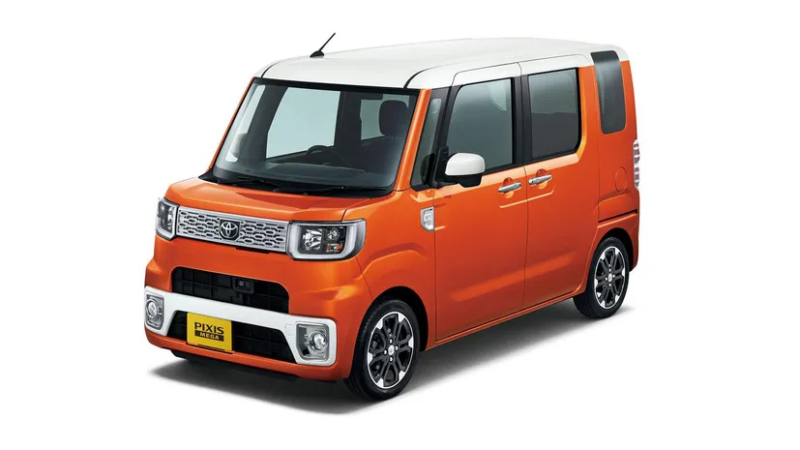
Kei cars, short for keijidōsha (light automobiles), are a uniquely Japanese category of ultra-compact vehicles. By law, they must not exceed 3.4 meters in length, 1.48 meters in width, and 2 meters in height, with engine output capped at 64 horsepower. These vehicles receive tax and parking benefits, making them ideal for urban drivers. Despite incentive cuts in 2014—including a 50% hike in kei car taxes—these vehicles still account for roughly 35% of Japan’s auto market.
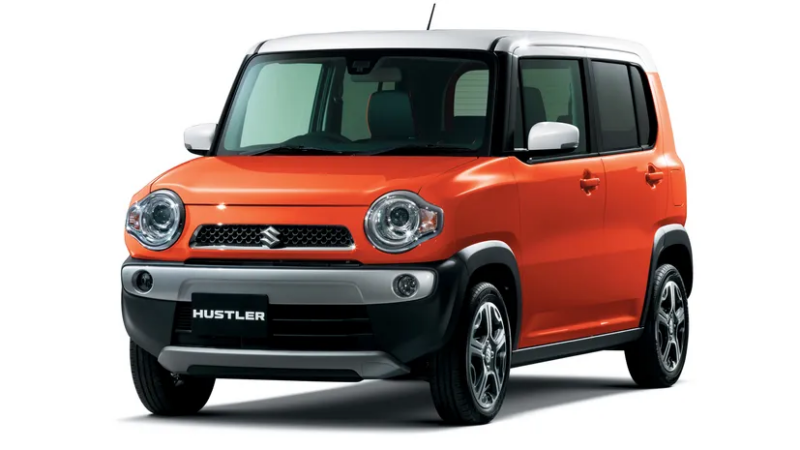
BYD’s kei car would be the first ground-up electric model in this category developed by a foreign automaker. While Smart once adapted its ForTwo and Hyundai’s Inster came close, neither was designed solely for Japan’s kei standards. In contrast, BYD has developed an all-new platform with Japan in mind.
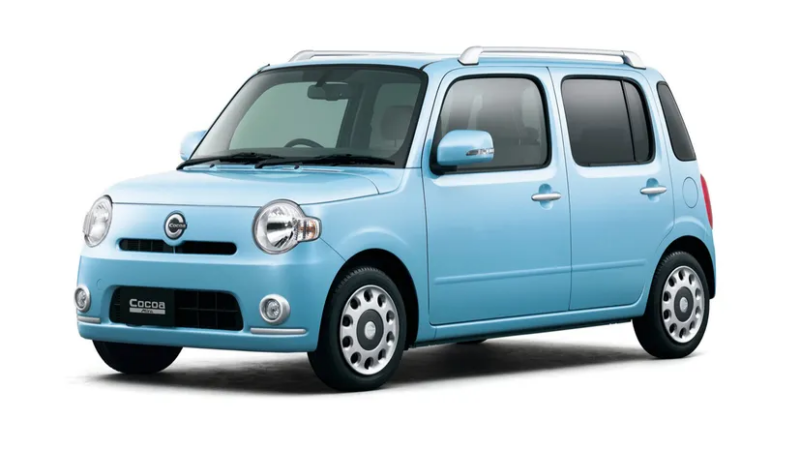
Reports from China suggest the vehicle will feature a 20 kWh battery delivering 180 km WLTC range, 100 kW fast charging, and an efficient heat pump HVAC system. With an expected price of 2.5 million yan (17,700 USD), it will compete directly with the Nissan Sakura and Mitsubishi eK X EV—Japan’s two leading electric kei cars. Both were launched in 2022 by the NMKV joint venture, featuring 20 kWh batteries and 47 kW motors.
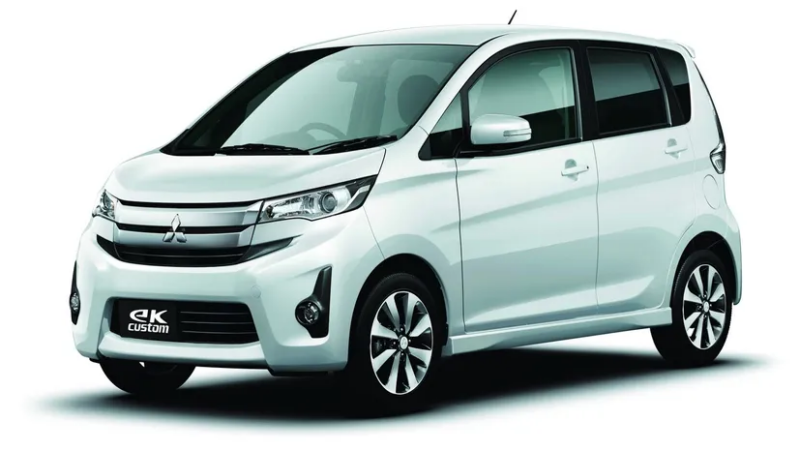
BYD plans to produce the model in China for export to Japan starting in late 2026 and aims for a 40% share of the electric kei market within a few years. Its push into this category follows modest success in Japan with the Dolphin and Seal EVs, which helped BYD reach over 2,200 vehicle sales in 2024. The company plans to expand its dealership network to 100 locations by 2025.
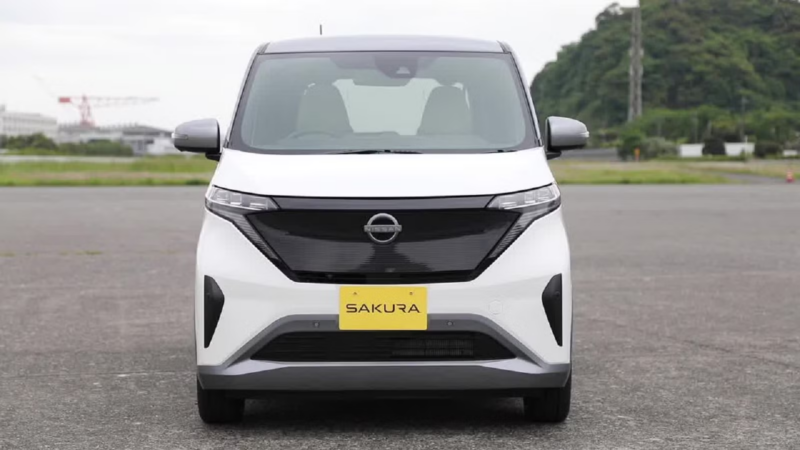
Only Daihatsu, Honda, Suzuki, and the Nissan-Mitsubishi NMKV partnership build kei cars at scale, while Toyota, Mazda, and Subaru rely on rebadged models. BYD’s entry would mark the first serious competition from outside Japan.
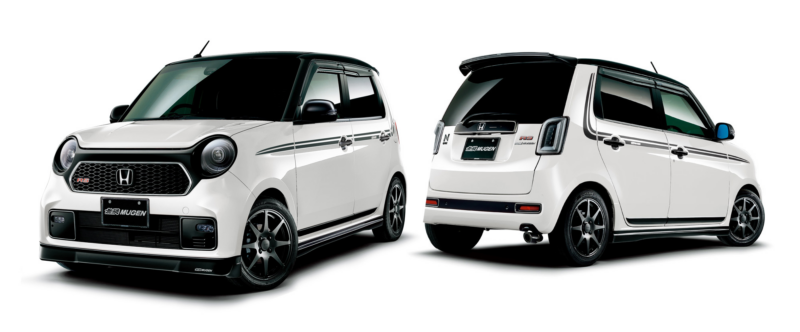
“Developing a proper kei car requires completely rethinking vehicle architecture,” said analyst Li Ming. “BYD’s move signals a deep commitment to the Japanese market.”
In 2024, the Shenzhen-based automaker surpassed Toyota in Japan’s EV sales for the first time, delivering 2,223 all-electric cars, up 54% from the year before. Toyota sold 2,038 EVs, and in total, 59,736 all-electric vehicles were sold in Japan in 2024.


